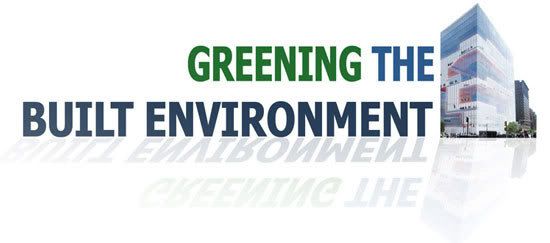Sure, the Durst Organization may be making headlines with its development of One Bryant Park, the first skyscraper in NYC set to gain the US Green Building Council's coveted LEED Platinum rating. But before there was One Bryant Park, there was the Helena, a 38-story, 580-unit apartment building on Manhattan's west side that opened its doors in 2005 to wide acclaim from urban treehuggers. The building is one of few residential high rise developments in the country to earn a LEED Gold rating [pdf] – or any LEED rating at all, for that matter.
Energy efficiency played an important role in helping the Helena reach its LEED goals. The building features an array of solar panels and an innovative combined heat and power "microturbine" that produces electricity from natural gas and uses the waste heat from the process to control the temperature inside the building (e.g., heating in winter). Unfortunately, a raft of new city regulations have kept the turbines at the Helena – and other green apartment buildings – from getting switched on.
Co-generation (the process of using waste heat from energy production to increase efficiency) will play an important role in conserving electricity in NYC in the years ahead. NYU is moving forward with plans for its own (controversial) co-gen plant, and with the new building at 65 5th Avenue still in the early design stages, there's a chance that microturbines may find their way onto the New School campus within the next decade.
Thursday, April 12, 2007
Subscribe to:
Post Comments (Atom)



No comments:
Post a Comment